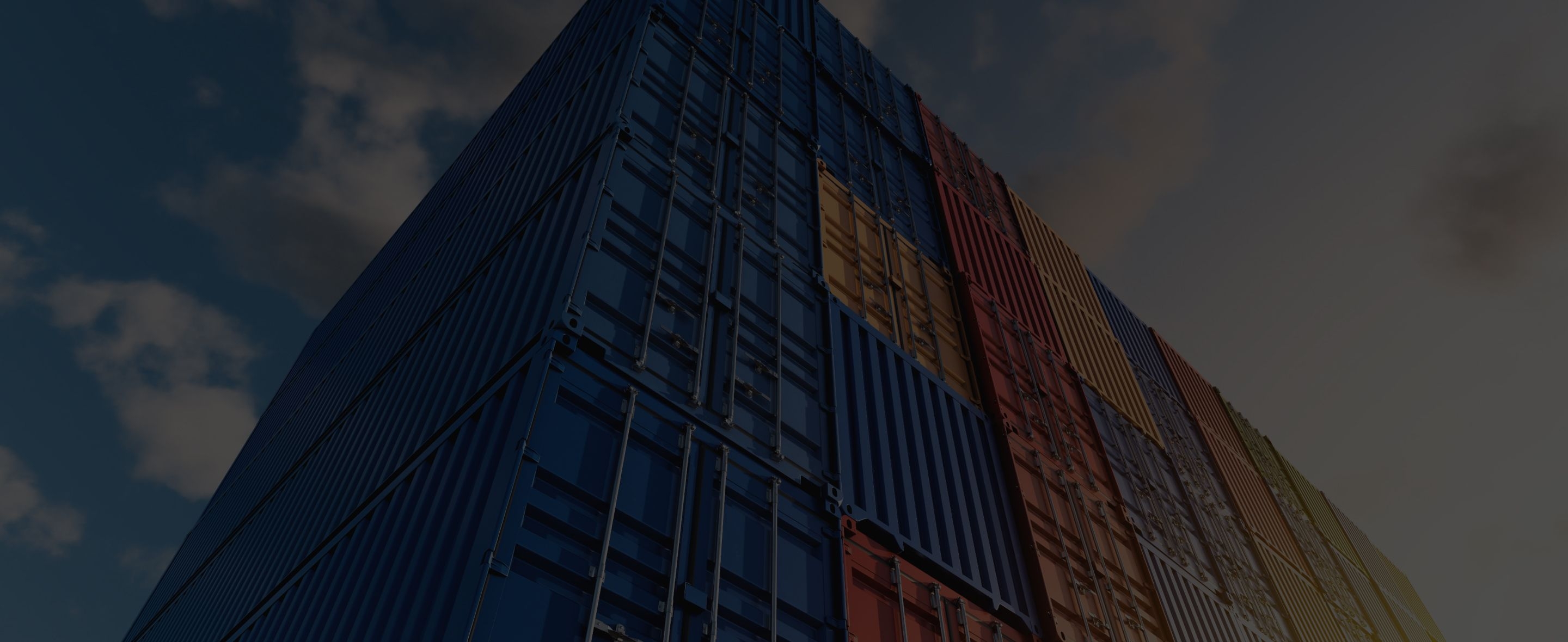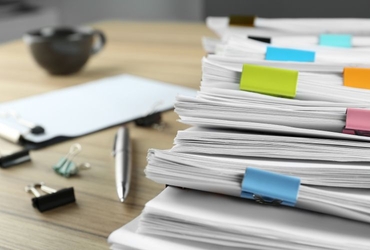
How does LCL shipping work?



What is LCL shipping?
In ocean freight shipping, containerized cargo comes in two main forms - LCL (Less than Container Load) and FCL (Full Container Load). As their names suggest, LCL involves merchandise that takes up less than the entire space of a full container, which means having to share a container, and FCL simply means having an entire container to yourself.
To know more about these two different types of shipping containers, do give our pages on LCL shipping and FCL shipping a deeper read.
LCL shipping: How it works
Also known as ‘groupage’, LCL shipping essentially means grouping various shipments together in one container. Since this involves sharing a container, it is a little more logistically complicated and requires more and better coordination to ensure that everything goes smoothly and as planned.
Booking an LCL
When you decide to ship LCL, you will need to provide the dimensions and weight of your cargo to your freight forwarder. Documents and forms such as the Bill of Lading, commercial invoice, and cargo packing list must also filled in and submitted. Depending on your cargo type and destination port, additional documentation may also be required.
Getting your merchandise ready
LCL shipments are usually shipped on a fixed schedule, either weekly or fortnightly depending on the destination port, so timing is crucial. Grouping of LCL cargo takes place at a warehouse, called the origin consolidation warehouse.
Your freight forwarder can arrange your cargo to be picked up, which is the more common practice. Alternatively, you can also delivery your cargo the the consolidator warehouse yourself. Keep in mind, however, that should you choose to do the latter, that your cargo needs to arrive well-prepared, packaged, and ready to be loaded. If preparing your cargo yourself, make sure to give our guide on how to calculate the volume of an LCL shipment with Tetris a read.
Whichever option you opt for, note that your cargo must arrive at the warehouse with time to spare. If the warehouse is located at/near the departure port, the cut-off date for your cargo to reach the consolidation warehouse is typically seven days before sail date. This varies depending on the location of the warehouse. With inland warehouses, given that more time is required to get the container to the port, the cut-off date will be earlier.
This is to allow for sufficient time to properly consolidate all the LCL cargo in the container. Do give our article on how to properly prepare an LCL shipment to guide you.
Transfer to port
Once the LCL container is packed and prepared, it is then transported to the departure port as stated on the contract/booking. Port cut-off dates for containers are usually around three days prior to sail date. Once the consolidated cargo arrives at port, it is transferred into the hands of the shipping line and then shipped to the destination port.
Transshipment
If you’re shipping to a secondary port, your LCL cargo may be offloaded at a transshipment point, where it will either get transported to another container or wait for more cargo to fill the container before continuing to its final destination.
In layman terms, it’s similar to what happens to your luggage when you’re transiting at an airport. It will need to be offloaded from the plane in which you landed and transferred to your next flight.
Arrival at destination
Once the LCL container arrives at destination port, the freight forwarder’s destination agent takes over. He/she will collect the container and transport it to a warehouse called the destination deconsolidation warehouse. There, the cargo in the container is deconsolidated into individual LCL shipments.
Receiving your merchandise
At this point, the consignee can go to the warehouse to pick up the merchandise. Alternatively, you can have the agent handle delivery to the receiver, in which case your merchandise will be transferred from the destination deconsolidation warehouse to the final destination warehouse from which it will be delivered to you.
Delays in LCL shipping
In general, LCL shipping does not take any longer than FCL shipping in terms of transit time if all goes well. It may even be faster if you’re lucky enough to secure a remaining space fit for your cargo at the last minute.
Shared container, shared responsibility
However, you may face delays while waiting for other shippers to get their cargo grouped and ready. Additionally, should any paperwork errors arise, delays are highly possible as customs may detain the entire container. As much as you’d hate to get held back because of the mistakes of another, you should make sure to get your cargo ready on time and make sure your documents are properly and accurately filled in.
Secondary ports
Another delay issue that may arise is if you’re shipping to lesser-known ports. Most international tradelanes offer frequent and fixed sail dates. But having your goods sent to secondary ports means you may have to wait a couple of weeks for the next sail date, and then having to wait more for local feeders to transport your cargo from the main ports.
Transshipment and intermodal
If your cargo is going through transshipment and/or intermodal transportation, delays are not uncommon. As mentioned above with transshipment, your cargo may need to be offloaded and transferred into another container or wait for other cargos to be loaded into your container. As for intermodal transportation, more logistics are required as your cargo will need to be transferred from the deconsolidating port to the inland terminal and onwards.
Things to keep in mind:
- LCL pricing depends on the volume, not weight, of your cargo. Weight only becomes a factor if it’s in excess and being trucked to and/or from the port, which then becomes a problem. Here’s a video on how to calculate the volume of your LCL shipment to guide you.
- Motor vehicles cannot be shipped via LCL shipping.
- Depending on your commodity, its origin, and your destination country, additional documents and certificates may be required.
- Your cargo may be damaged in transit if the other consignments are not properly packed. Other factors including bad weather at sea may also cause cargo damage. Transshipments and intermodal transportation result in higher risk of your cargo being damaged as it will pass through the hands of more people. That said, be sure to pack your cargo well to prevent damages from possible rough-handling.
Everything you need to know about LCL #shipping https://t.co/NcvcxeOhSM pic.twitter.com/N1HZOCj0z8
— iContainers (@icontainers) January 23, 2018
- 1. What is LCL shipping?
- 2. LCL shipping: How it worksBooking an LCLGetting your merchandise readyTransfer to portTransshipmentArrival at destinationReceiving your merchandise
- 3. Delays in LCL shippingShared container, shared responsibilitySecondary portsTransshipment and intermodal
- 4. Things to keep in mind:
Related Articles


